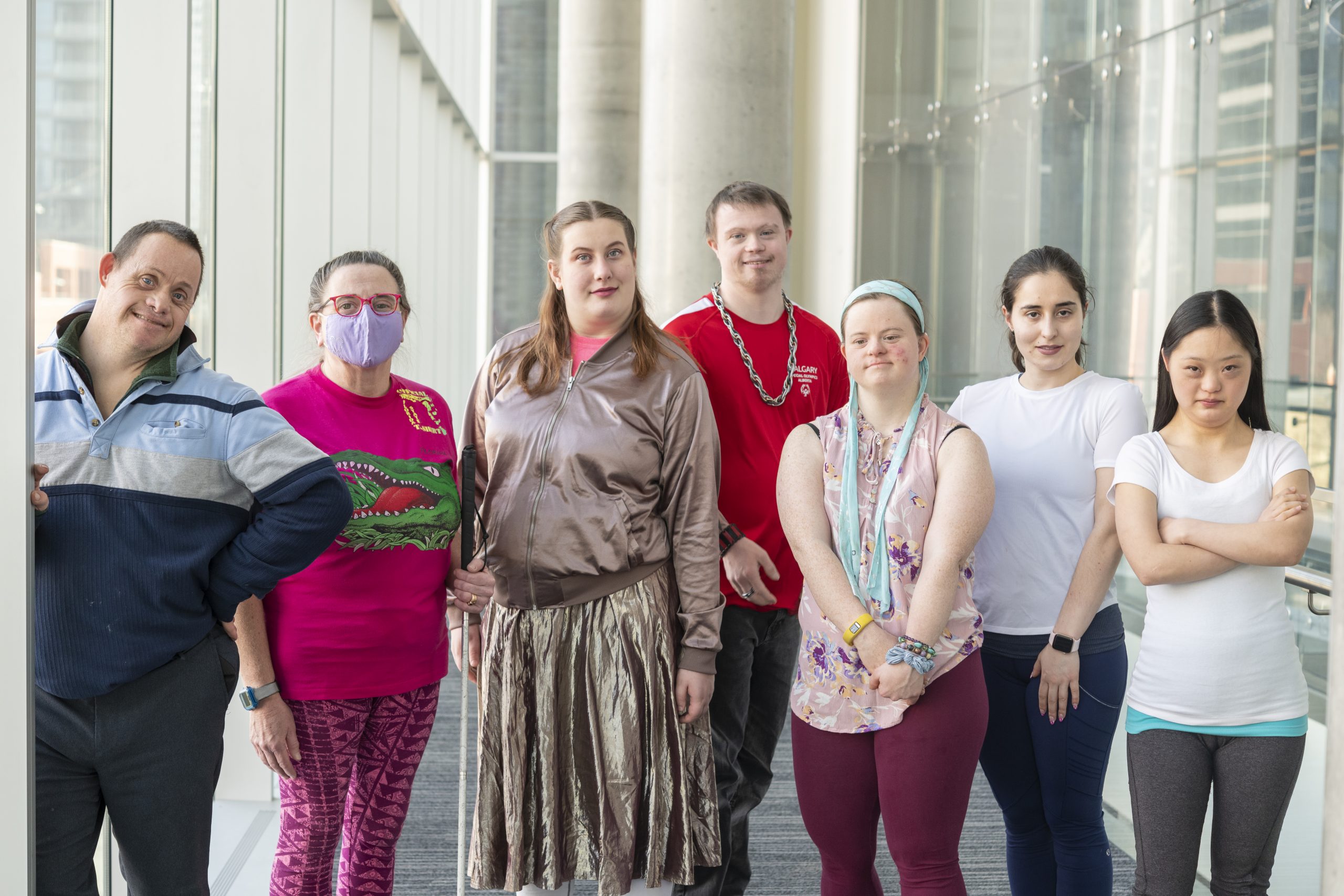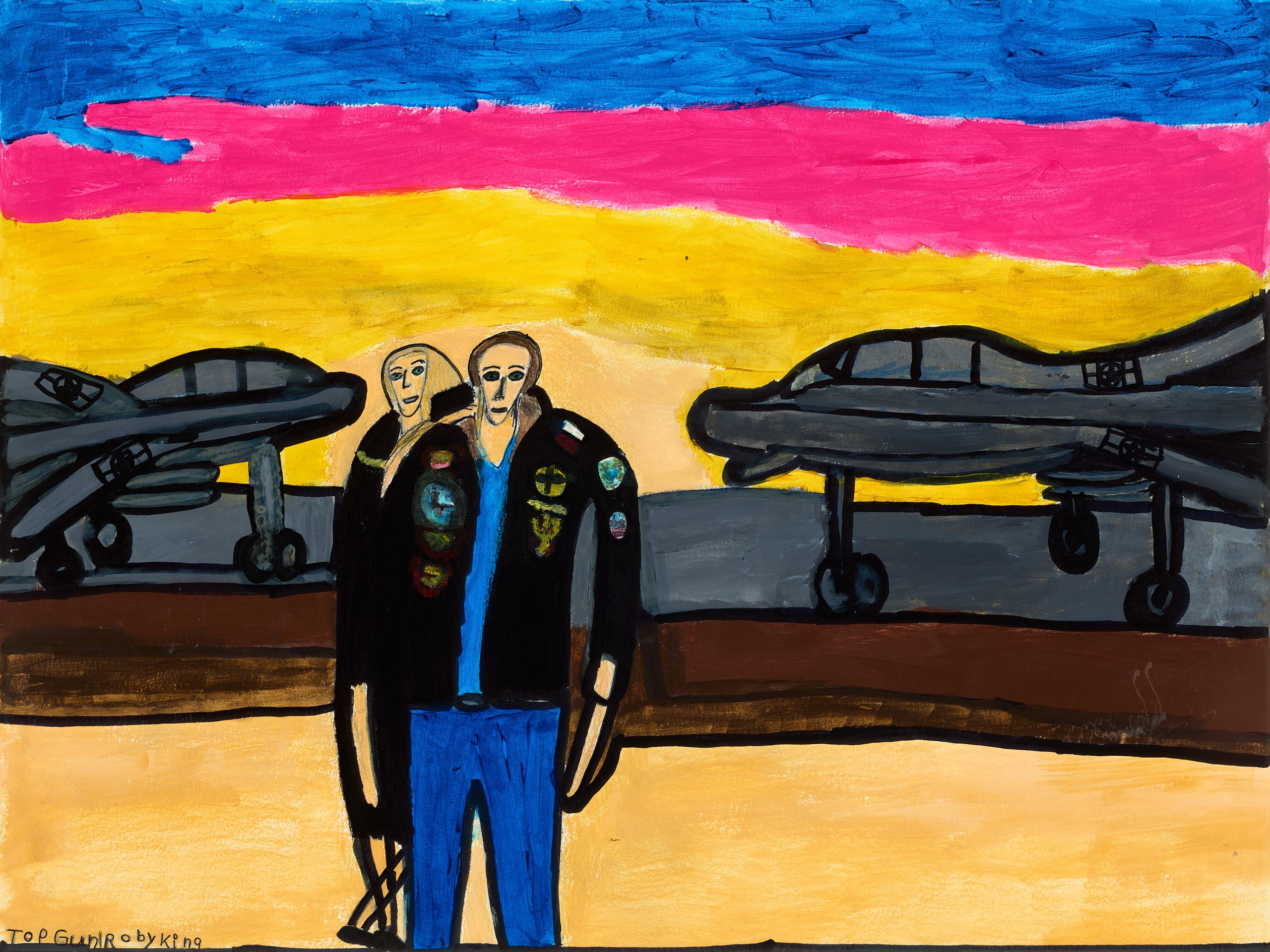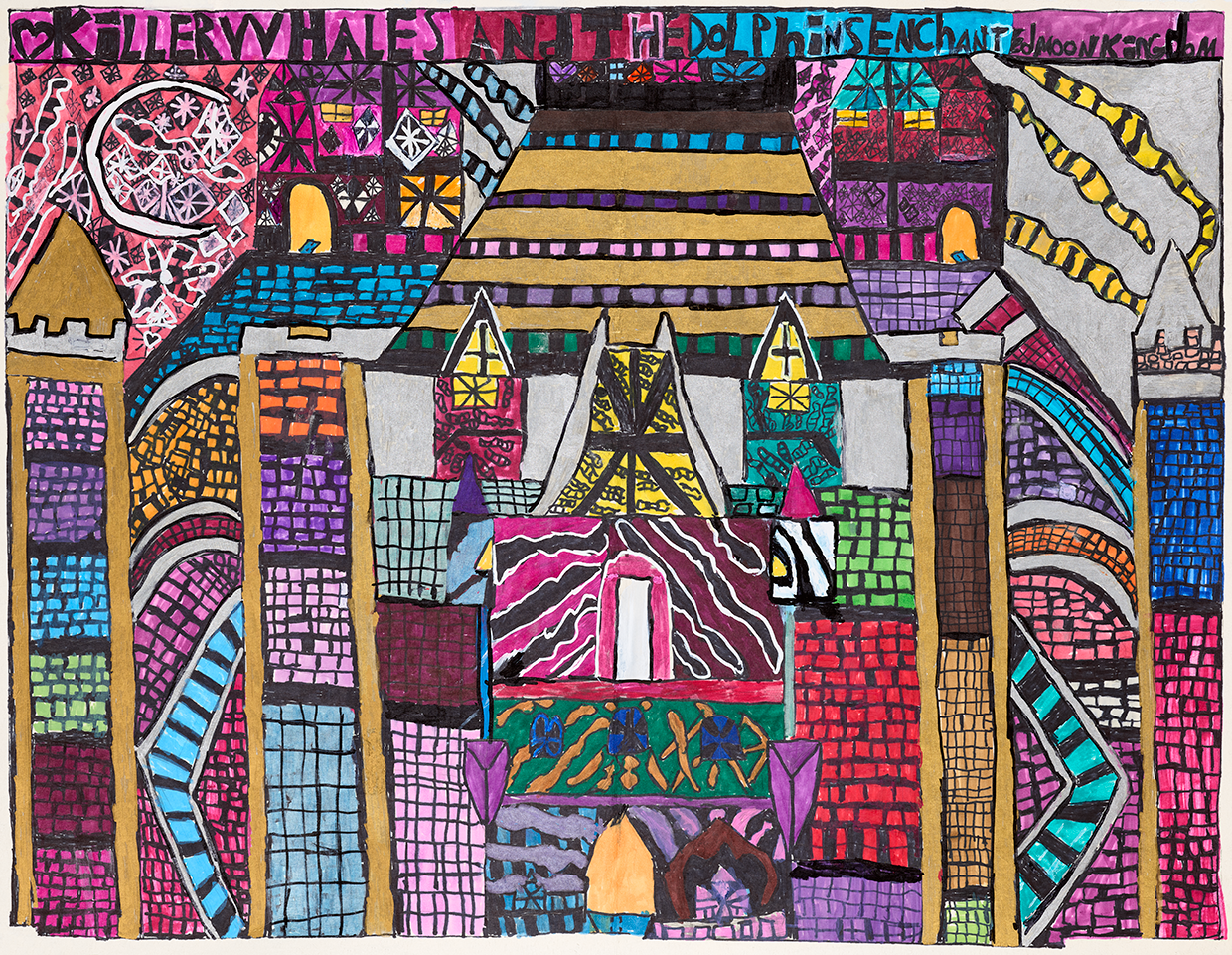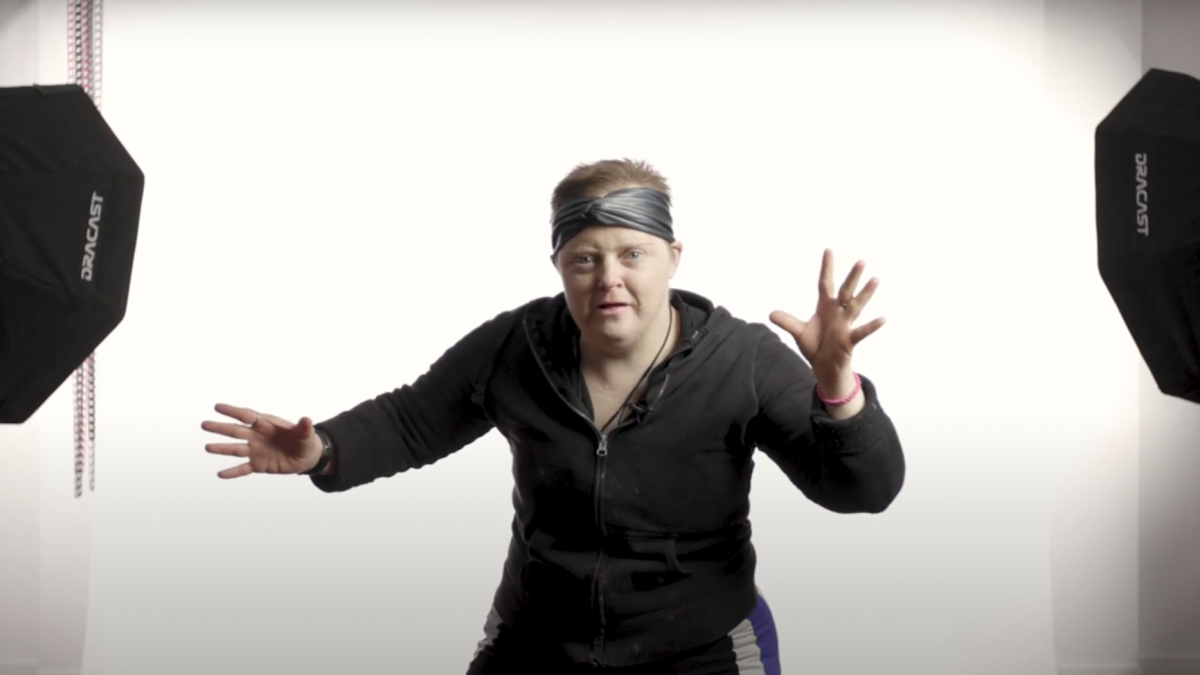The NaAC dance ensemble is shaking up the performing arts world with a new performance piece
For the past few months, the National accessArts Centre (NaAC) dance ensemble has been putting together a production unlike anything the performing arts world has seen before. That’s because they’re creating it themselves.
The group is in residence at Decidedly Jazz Danceworks (DJD), a professional dance company and school in downtown Calgary, as part of the Creative Residency program, which offers independent dance artists the time and space to invest in new creative works free of charge. It’s a privilege the NaAC is proud to provide its dancers, and one the leading disability arts organization is putting to good use.
“A large barrier for any dancer is having the funds to support the creative process. Removing those barriers of cost and being able to access studio space is really amazing. It’s an opportunity for our artists to step up from the community level to the professional level.”
Ashley Brodeur, Performing Arts Manager, NaAC.
During the creative residency—the first the ensemble has been part of—the dancers have access to six hours of studio time and space every week until April 2023. That’s 145+ hours to hone their craft and prepare something new to present this spring. What it will look like is entirely up to the group, says Ashley.
A Break in Routine
“We’re trying to remove the hierarchical way of operating in the performing arts, and develop new habits to create a more collaborative and equitable space for our artists,” Ashley says.
Rather than taking direction from a choreographer, the artists are encouraged to take an active role in determining how their bodies will move. They take turns choreographing each other, while also participating in solo sessions. And while it’s been challenging to break away from tradition, the process has been incredibly rewarding.
“Our dancers come into the space as dancers first, but they all have such beautiful stories they want to tell through movement that should be explored,” says Ashley. By creating a more collaborative and equitable space, the group is able to see where their individual strengths and interests lie, be it different themes, movements, or styles.
“We’ve all had to do a little bit of unlearning, relearning, and adapting,” Ashley says. “But above all else, the process has been really empowering for our artists.”
Following in Daniel’s Footsteps
Much of the inspiration for this new way of working comes from Daniel Vais, Executive Artistic Director of Culture Device and Creative Director of Drag Syndrome, an inclusive performance troupe for queens and kings with Down Syndrome. As a guest artist, Daniel spent several weeks with the dance ensemble last summer, hosting a series of improvisation classes as well as a salon on contemporary queer disabled art.
“He came [to the NaAC] with the mindset of putting the power into the dancers’ hands first and foremost,” says Ashley, who describes how Daniel was able to build on each individual’s specific skill set, whether it was improvisation, sequencing, or choreography.
As a social choreographer and improvisation specialist, that’s what Daniel does: he sees opportunities and potential.
“We saw such magical things brought out in everybody individually, we really wanted to revisit—and explore and expand on—some of his teachings.”
Ashley Brodeur, Performing Arts Manager, NaAC.
For Ashley, it starts with recognizing the individuals in the room are there for a reason, and each one has something unique to contribute to the creative process.
It’s a novel idea in the performing arts to see dancers as unique individuals rather than numbers in an audition or bodies that fill a role. It’s equally new, Ashley adds, “to let the artists be creators, and as the performing arts manager, step back from producer to reflector or structure keeper; someone who just gives feedback.”
Whether they’ve been a part of the ensemble for a long time or are new to the group, the dancers’ individuality has given rise to a collective strength. “People will be blown away by what these seven artists create!” says Ashley.
Dance, for Everyone
In addition to preparing something new to present, the dancers have the opportunity to share their practice through community classes at DJD. It’s a big deal, says Ashley, “because the more the mainstream dance community knows about us, the more openness there will be to improving accessibility in dance classes.”
She’s confident DJD is the right venue for it. As Calgary’s largest dance school, DJD offers a wide variety of classes for all ages and abilities, from absolute beginners to seasoned professionals—all in the spirit of jazz dance.
“The nature of jazz is a very human experience, and that filters through the organization. DJD believes strongly that everybody can dance and everybody has movement in their body,” Ashley says. “Their openness has provided a safe space for us to create.”
Outside the safety of the studio, however, the mainstream dance community might not be ready for what the ensemble presents—in the best possible way, says Ashley. There are deeply entrenched parameters in the performing arts around what makes a “good” performer or performance.
“Our artists are so capable of rising to the occasion and being captivating performers and dedicated dancers, I hope this opens people’s minds and changes who we see on stage in professional companies. It’s going to be amazing and mind-blowing, and totally shake things up in the performing arts world!”
Ashley Brodeur, Performing Arts Manager, NaAC.




